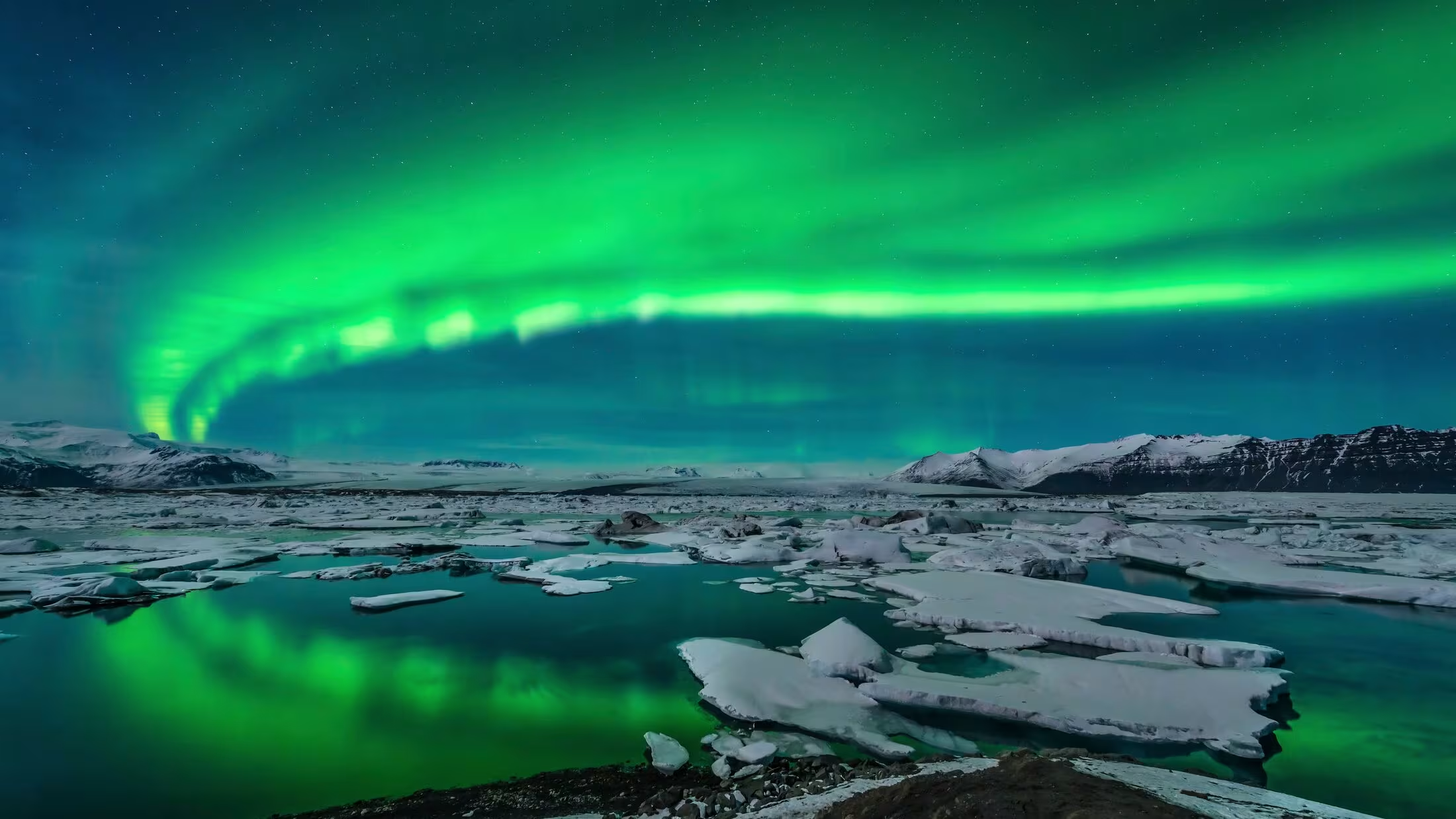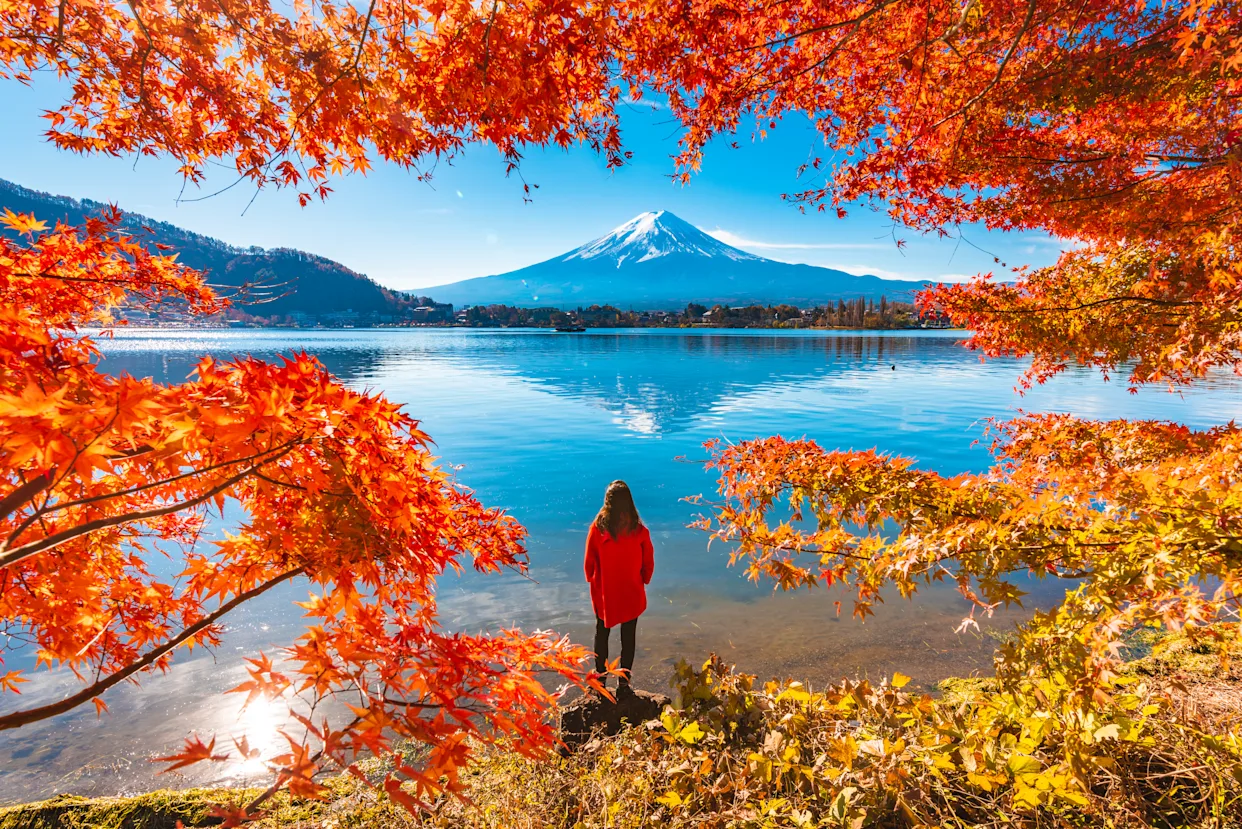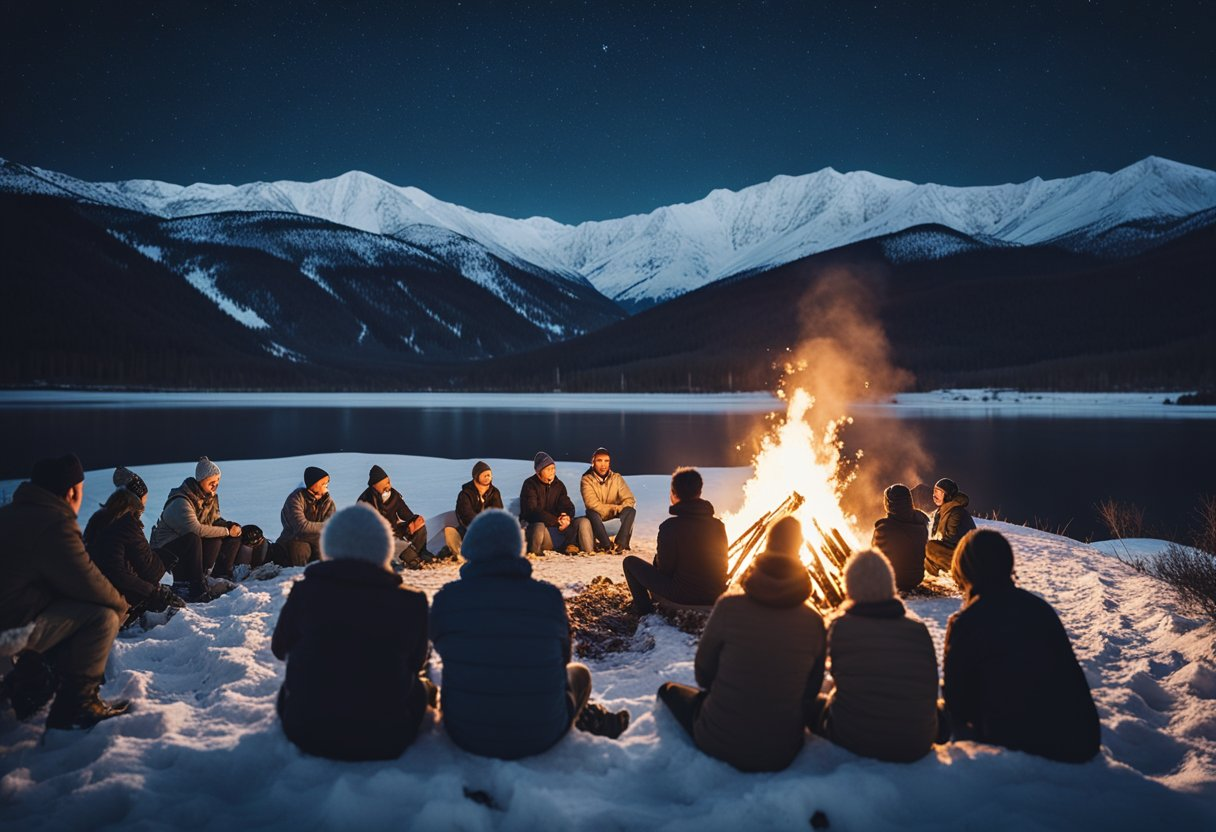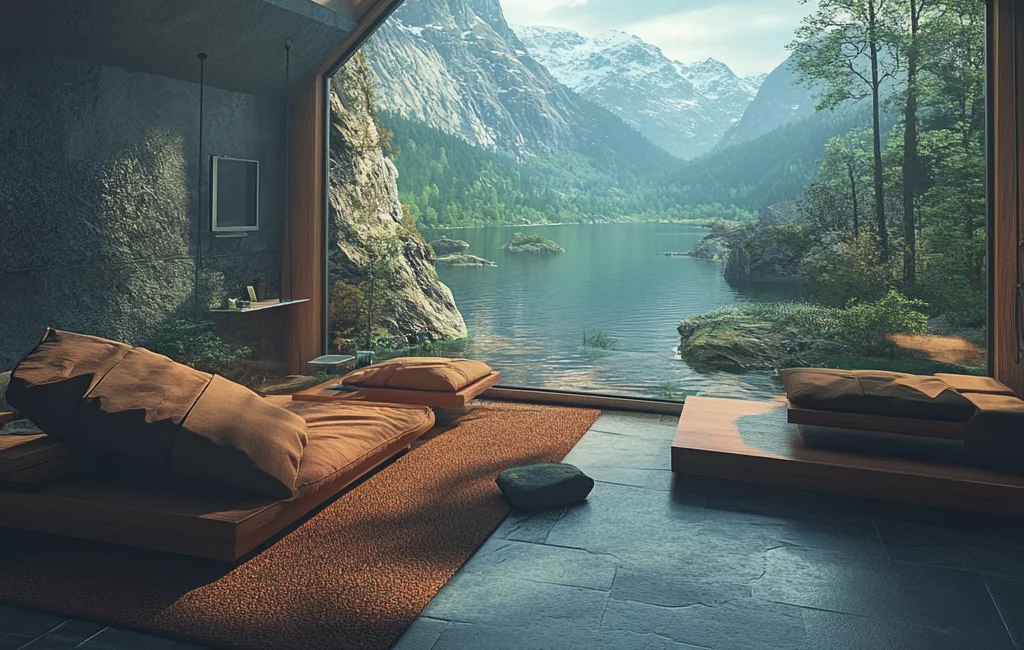A winter trip to witness the Northern Lights—nature’s most dazzling light show—is a bucket-list experience for many travelers. Best viewed in high-latitude regions like Norway, Iceland, Finland, and parts of Canada and Alaska, the aurora borealis paints the sky with surreal greens, purples, and blues. But capturing this celestial spectacle requires more than luck; it takes precise planning around timing, weather, and geography.
According to experienced aurora chasers, astrophotographers, and travel scientists—aligned with E-E-A-T principles (Experience, Expertise, Authoritativeness, Trustworthiness)—peak viewing occurs between September and March, during the darkest and clearest nights. They recommend checking solar activity forecasts, booking accommodations in low-light pollution zones, and being prepared to stay up late (or wake up early) to catch the elusive phenomenon. Credible experts also advise layering appropriately for frigid temperatures and traveling with a flexible schedule.
Beyond the science and logistics, chasing the Northern Lights offers a profound emotional reward. Standing under a sky alive with cosmic color can be a transformative travel experience—reminding us of nature’s scale and beauty. For those willing to brave the cold and plan smartly, the aurora promises not just a journey, but a moment of awe worth every mile.





